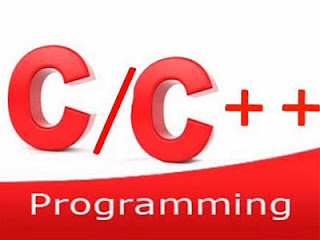Skillyfy provides the best Ethical Hacking Training in DELHI NCR. We have a team of experienced,
professionals and trainers who have vested many years in this
ever-growing IT industry.
 |
| Ethical Hacking Training in DELHI |
Through our best Ethical Hacking
Training course in Delhi you’ll learn all of the hacking fundamentals. Each chapter ends with exercises, allowing you to put your new learned skills into
practical use for abetter understanding. Knowing ethical hacking opens a great
deal of doors for you as an Information Security professional. This blog is
about how to become an ethical hacker.
What is Cloud Computing?
Cloud Computing is the practice of using a network of remote servers
hosted on the Internet to store, manage, and process data, rather than a local
server or a personal computer.
Cloud Computing is famous for its flexibility and mobility support.
Types of Cloud Computing Services
- Infrastructure as a service (IaaS)
- Platform as a service (PaaS)
- Software as a service (SaaS)
Infrastructure as a service
(IaaS)
It is also called as
Cloud Infrastructure Service. It is a self-service model in this you rent
you rent IT
infrastructure—servers and virtual machines (VMs), storage, networks, operating
systems—from a cloud provider on a pay-as-you-go basis.
Examples: Amazon,
Microsoft Azure etc.
Platform as a service (PaaS)
Platform as a service
refers to cloud computing services that supply an on-demand environment for
developing, testing, delivering and managing software applications. PaaS is designed
to make it easier for developers to quickly create web or mobile apps, without
worrying about setting up or managing the underlying infrastructure of servers,
storage, network, and databases needed for development.
Software as a service (SaaS)
Software as a service
is a method for delivering software applications over the Internet, on-demand
and typically on a subscription basis. With SaaS, cloud providers host and
manage the software application and underlying infrastructure and handle any maintenance,
like software upgrades and security patching. Users connect to the application
over the Internet, usually with a web browser on their phone, tablet or PC.
Examples: Go to
Meetings, WebEx, etc.
Cloud Deployment Models
Deployment Model
|
Description
|
Public Cloud
|
Public clouds are hosted by a third party offering different types of
Cloud computing services.
|
Private Cloud
|
Private Clouds are
hosted personally, individually. Corporate companies usually deploy their
private clouds because of their security policies.
|
Hybrid Cloud
|
Hybrid Clouds are comprised of both Private and public cloud. Private
cloud is for their sensitive and public cloud to scale up capabilities and
services.
|
Community Cloud
|
Community Clouds are
accessed by multiple parties having common goals and shared resources.
|
Cloud Computing Threat
- Data Loss/Breach
- Insecure Interface and APIs
- Service Hijacking using Social Engineering Attacks
- Dos / DDoS Attacks
- Service Hijacking using Network Sniffing
This article is
contributed by Skillyfy. Skillyfy provides the best Ethical Hacking Training in DELHI/NCR with 100% complete practical
demonstrations.
If you wish to learn
Cybersecurity and build an exciting career in cybersecurity, then check out
our Ethical Hacking Training which comes with instructor-led live
training. This training will help you understand cybersecurity in-depth and
help you achieve mastery over the subject.
Please call on 7827814720 or email info@skillyfy.com
if you want to take more
information about the topic discussed above or any other courses.
Source Url: http://ittraininginstitutedelhi.over-blog.com/2019/09/what-is-social-engineering-attack-tips-and-tricks.html



